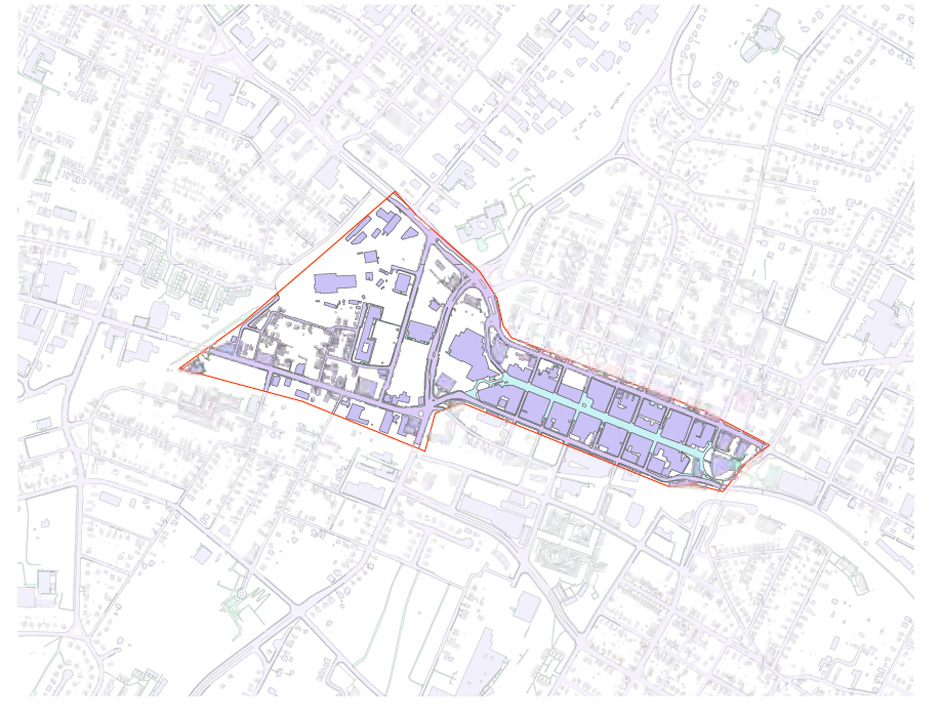Sustainable Places: Downtown Mall, Starr Hill
Investigating and Education about Sustainable Places In Charlottesville (click PDF)
Spring 2013
Team members: Evan Burch, Callie Jacobs, Jae Hyun Lee, Scott Levine, Kelsey Veazey
For our project, our objectives were to focus on two areas in Charlottesville, Starr Hill and Downtown, and analyze what makes these spaces sustainable and successful. Our first step to accomplish this goal was to look at our past experiences and personal knowledge of those areas and categorize their advantages and disadvantages. We instantly recognized that Downtown is a popular commercial destination for residents, students, and tourists because of its many shops, dining options, and open mall for walking. Star Hill on the other hand is mainly a residential area with not much attraction for visitors other than residents.
Our team went through a series of ideas when deciding the best possible solution for bridging the gap between Starr Hill and Downtown. Through collaboration with our workshop leader Tom Gibbons, we ultimately decided that we wanted to focus on three factors in our analysis: accessibility/transportation, equality of spaces, and building typologies. Accessibility/transportation refers to the ability to sustainably access a variety of destinations, while minimizing the use of personal motor vehicles. Equality of spaces is defined as the equal opportunity for enjoyment regardless of socioeconomic status while maximizing livability and minimizing ecological impact. Lastly, building typologies is used to classify buildings that offer multiple functions within an efficient footprint to encourage density. These factors are explored throughout this report and will be documented through an assortment of photographs and diagrams. While the Downtown Mall is more sustainable in terms of efficient use of mixed-use properties/density, bus line accessibility, and environmentally sustainable practices, it does not promote equality of places based on socioeconomic status and equal opportunity.

